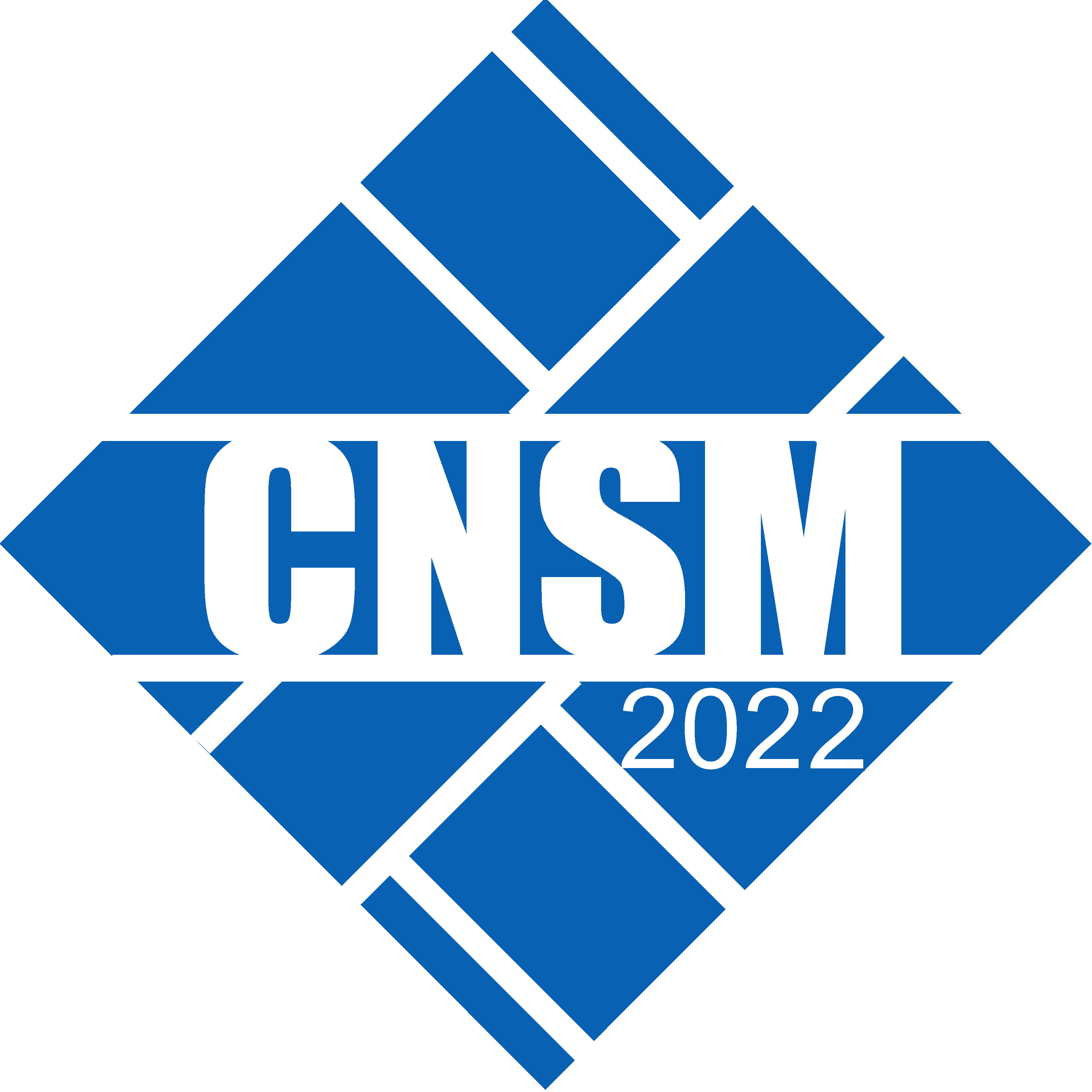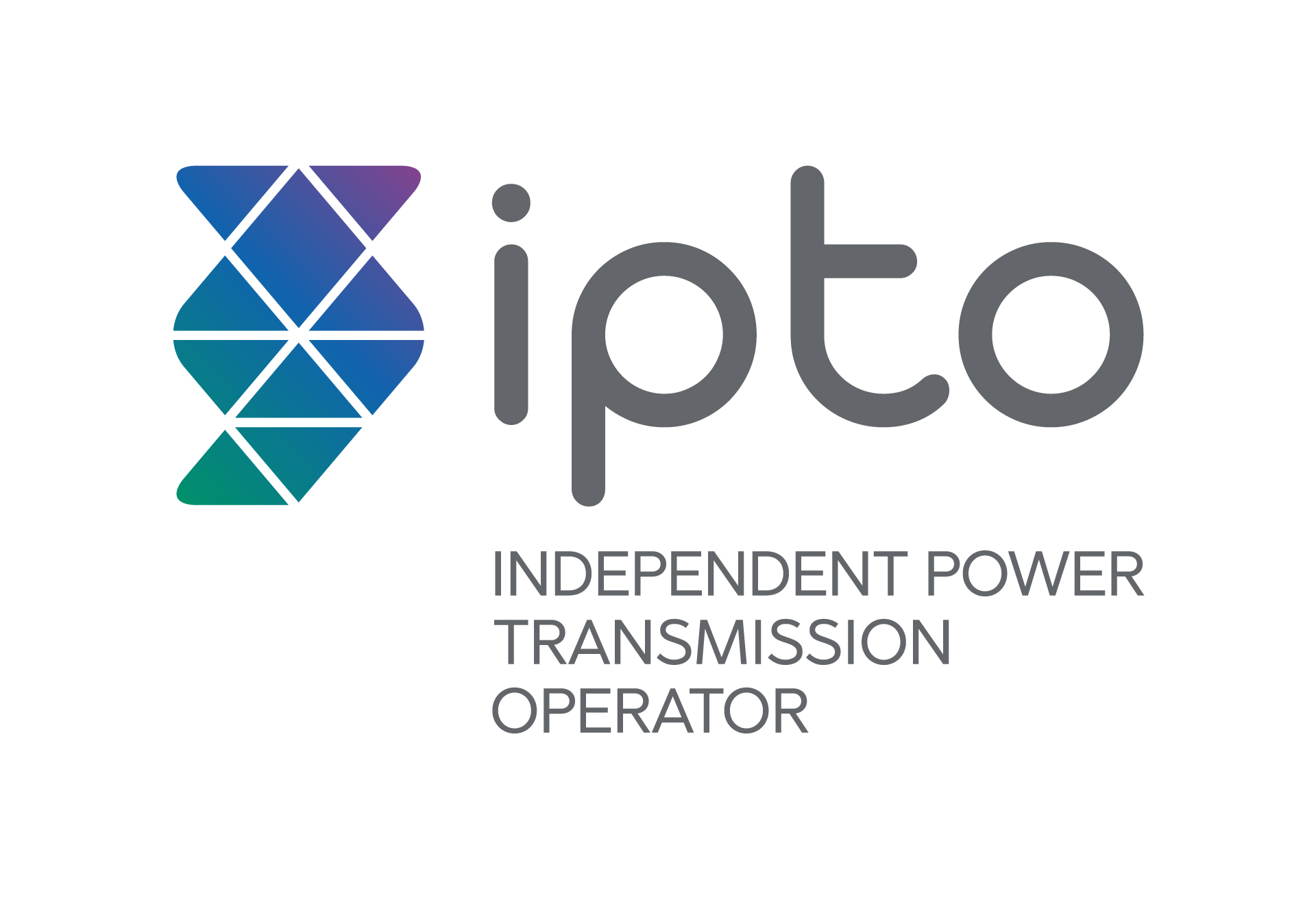
 |
 |
 |
 |
 |
|
HiPNet
HiPNet: 4th High-Precision, Predictable, and Low-Latency Networking Workshop (HiPNet 2022)
HipNet aims to provide a forum to discuss challenges and present work-in-progress and solution approaches to deliver/manage/control/monitor/measure on high-precision and predictable networks such as (Ultra) Low-Latency networks, deterministic networks, 6G, etc.
Workshop Co-chairs:
Toerless Eckert, Futurewei, USA
Sebastian Gallenmüller, Technical University of Munich, Germany
Georgios Z. Papadopoulos, IMT-Atlantique, France
Call for Papers
Important Dates:
Paper Submission: Aug 20, 2022
Acceptance Notification: Sept 5, 2022
Camera Ready Submission: Sept 16, 2022
Workshop Date: Nov 4, 2022
Paper Submissions:
Authors are invited to submit original unpublished papers not under review elsewhere. Submissions will be subjected to a peer-review process. Regular papers should be submitted in IEEE 2-column format, with paper length up to 7 pages including references. Short papers are accepted as well and must not exceed 4 pages including references. Papers have to be submitted electronically in PDF format through the EDAS conference management system, accessible via the following link:
https://hipnet2022.edas.info/.
Proceedings
Papers accepted and presented at HiPNet will be published open access on the conference Web site with IFIP copyright, and will be submitted for possible inclusion in IEEE Xplore, ACM and IFIP Digital Libraries. To be published in the Workshop Proceedings and to be eligible for publication, at least one author of an accepted paper is required to register and present the paper at the workshop. The organizer reserves the right to exclude a paper from distribution after the conference (including its removal from IEEE Xplore) if the paper is not presented at the conference.
Workshop Description
For the past 50 years, traffic delivery across the Internet is based on the “Best Effort” paradigm, whose characteristics only improved through faster underlying physical networks, lower average load, but the ongoing need to reduce congestion based latency, which often is called buffer-bloat. In controlled networks, the 25 year old architectures for Differentiated and Integrated Services are still the only widely adopted or attempted solution, but today, new waves of networked applications continue to push the limits of these technologies. Augmented Reality and Tactile Internet require ultra-low latency measured in single-digit milliseconds. Requirements of Industrial Internet applications that involve real-time industrial control are even more stringent and tolerate no jitter at all. Even consumer entertainment such as cloud gaming requires ever lower latencies with higher throughputs and mastered jitter. Indeed, economic pressures mandate increasing cloudification of real-time applications with precision service level needs. Compounding this situation is the fact that many of those applications are mission-critical and cannot afford any loss in connectivity or even single packets. Collectively, these applications require high-precision also called predictable networks that are characterized by very stringent service level boundaries and associated guarantees that border on determinism.
Various approaches are emerging that will allow to tackle those challenges. Data centers with fixed topologies and a constant number of hops rapidly replace conventional routing and more general Internet topologies. Networks are becoming more programmable to custom-tailor and optimize the treatment of packets and flows. Related technologies range from Service Function Chaining to Network Slicing to SDN. While 5G is making URLLC at the network edge a reality, momentum for mobile networks beyond 5G are beginning to push the boundaries of precision services beyond the edge and across the network core. Simultaneously, the last decade has seen significant improvements in the industry’s ability to build flexible packet forwarding planes at high speed with programmable packet treatments, allowing to overcome many prior technology constraints that made better technologies prohibitive in the past. Intelligent control interfaces and ultra-low latency control loops can optimize service levels, and high-precision measurements and telemetry with nanosecond accuracy at scale can act as enablers for those more intelligent control-loops and better management planes.
The workshop aims to provide a forum for researchers, students and professionals from industry and academia to discuss challenges and present work-in-progress and solution approaches in support of delivering, managing, controlling, monitoring or measuring network traffic with high-precision in networks ranging in speeds and scale from Low-Power and Lossy Networks (LLNs) all the way to multi-Tbps Wide-Area Internet core networks, including Data-Center and 5G/6G mobile networks with (Ultra) Reliable and Low-Latency Communication (URLLC), predictable, available, or deterministic services. The workshop welcomes papers related to disruptive concepts, innovative solutions, testbeds, experiments, etc.
Topics of Interest
Topics of Interest to the workshop include but are not limited to the following:
- Platforms to manage and operate high-precision networks and services, e.g. Industrial Networks, Tactile Networks, Augmented Reality (AR), cloud gaming
- Proof and validation of high-precision service level guarantees
- High-precision measurement techniques for ultra-low latency and jitter
- Service assurance for micro services, for service function chains
- Applications for Inband Network Telemetry and iOAM
- High-precision networking using service function chaining
- In-network service level tuning and optimization; predictable QoS
- Novel network programming models
- Applications of Artificial Intelligence for high-precision networking
- Time-Sensitive Networking (TSN) interconnect and wide-area TSN; IP and TSN convergence
- SDN applications for high-precision, high-performance networking
- High-precision networking over 5G
- High-Precision networking services using Fog and Edge Computing
- Deployment and operational experiences with Industrial Internet, Tactile Internet, networked AR, cloud gaming
- 5G optimization techniques for ensuring Low Latency
- Testbeds for High-Precision (OAI, MAGMA, etc.)
- Networking optimization for fast processing and delivery (DPDK, etc.)
- Microservices platform for ensuring High-Precision (OpenNetVM, etc.)
Workshop Timetable
The HiPNet workshop will be held on Friday November 4th. The program can be found here.
| 8:55 - 9:00 | Welcome |
| 9:00 - 9:30 | Keynote |
Extensible In-band Processing (EIP) for High Precision NetworkingKeynote speaker: Stefano Salsano Abstract: Extensible In-band Processing (EIP) is a solution to extend the IPv6 networking layer. IPv6 hosts and can cooperate by reading and writing the EIP information in the IPv6 packet headers, to support a number of use cases, like for example advanced monitoring, semantic routing, slicing. In this talk we will present the EIP motivations, its architectural design and its open source prototype implementation and we will discuss its application to High Precision Networking. Slides: available here
|
|
| 09:30 - 10:30 | Session 1: High-precision communications for networking services |
|
09:30: Assessing Unsupervised Machine Learning solutions for Anomaly Detection in Cloud Gaming Sessions Joël Roman Ky (Orange Innovation, France); Bertrand Mathieu (Orange Innovation, France); Abdelkader Lahmadi (University of Lorraine, France); Raouf Boutaba (University of Waterloo, Canada) |
|
|
10:00: LOCOMOTIVE 5G Core for 6G ready Resilient and Highly Available Network Slices and SFCs Sourav Sarkar (Indian Institute of Technology Hyderabad, India, India); Shwetha Vittal (Indian Institute of Technology Hyderabad, India); Antony Franklin A (Indian Institute of Technology Hyderabad, India) |
|
| 10:30 - 11:00 | Coffee Break |
| 11:00 - 12:00 | Session 2: High-precision communications for latency |
|
11:00: Scalable Damper-based Deterministic Networking Mohamed Yassine Naghmouchi (Huawei Technologies, France); Shoushou Ren (Huawei Technologies Co., Ltd., China); Jeremie Leguay (Huawei Technologies, France Research Center, France); Paolo Medagliani (Huawei Technologies Co. Ltd., France); Sebastien Martin (Huawei Technologies, France) |
|
|
11:30: Real Time Local Re-Routing to limit Queuing Delay exploiting SRv6 and Extensible In-Band Processing Marco Polverini (Sapienza University of Rome, Italy, Italy); Davide Aureli (Sapienza University of Rome, Italy, Italy); Antonio Cianfrani (Sapienza University of Rome, Italy, Italy); Francesco Giacinto Lavacca (Sapienza University of Rome, Italy, Italy); Marco Listanti (Sapienza University of Rome, Italy, Italy) |
|
| 12:00 - 12:30 | Invited talk |
A High Precision Communication Platform for Linux via XDP/QDiscSpeaker: Kiran Makhijani Abstract: High Precision Communication (HPC) and reliability in Industrial Systems are essential for the Industry 4.0 applications. Lack of open source platforms present challenges in validation and verification of new algorithms developed for the IIoT applications. We developed a Linux based test platform that supports high-precision communications as an in-network capability. The platform is developed on Linux and allows users to rapidly develop, deploy and test different in-network directives. In this talk, we will present the implementation of latency-based forwarder directive using Linux based forwarding and scheduling techniques. We will discuss our experiences in the development of this platform with a focus on eXpress Data Path (XDP) and queuing disciplines. This work is done in collaboration with Prof. Mohit Tahiliani. Mohit is a faculty of Computer Science and Engineering at NITK Surathkal, Mangalore, India. He is a Member of the Steering Committee of ns-3 network simulator and is a co-maintainer of TCP and traffic-control modules in ns-3. He works on TCP optimizations and Linux queue disciplines which helped designing the data path processing for HPC stack on Linux. Slides: available here
|
|
| 12:30 - 12:45 | Wrap-Up |
HiPNet 2022 Technical Program Committee
Mr. Bob Briscoe, Simula Research Laboratory
Prof. Stewart Bryant
Dr. Thibault Cholez, Universite de Lorraine, CNRS, Inria, LORIA
Mr. Uma Chunduri, Intel Corporation
Dr. Alexander Clemm, Futurewei Technologies
Mr. Udhaya Kumar Dayalan, Trane Technologies
Prof. Guillaume Doyen, IMT Atlantique
Dr. Xenofon Fafoutis, Technical University of Denmark
Prof. Xavier Lagrange, IMT Atlantique
Dr. Guido Marchetto, Politecnico di Torino
Dr. Bertrand Mathieu, Orange Innovation
Dr. Michael Menth, University of Tuebingen
Dr. Diana Andreea Popescu, University of Cambridge
Dr. Theofanis Raptis, IIT-CNR
Prof. Martin Reisslein, Arizona State University
Prof. Thomas Schmidt, Hamburg University of Applied Sciences
Dr. Michael Seufert, University of Würzburg
Dr. Maria Torres Vega, Ghent University
Mr. Stephane Tuffin, Orange Innovation
 Bio: Stefano Salsano is an Associate Professor in the Electronic Engineering Dept. of University of Rome Tor Vergata (Italy). Since July 2018 he is the Coordinator of the Master’s Degree in “ICT and Internet Engineering” and of the Bachelor Degree “Ingegneria di Internet”. He received his PhD in 1998 from the Univ. of Rome “La Sapienza”. From 1997 to 2000 he was with CoRiTeL, a research institute on telecommunications, where he has been coordinator of the research activities in the IP related area. In November 2000 he joined the University of Rome Tor Vergata as Assistant Professor. He participated in 16 research projects funded by the EU, being technical coordinator in two of them (Simple Mobile Services, SCISSOR) and project coordinator in one (Superfluidity). He has been principal investigator in several research and technology transfer contracts funded by industries. He has led the development of several testbeds and demonstrators in the context of EU projects, most of them released as Open Source software. His current research interests include NFV, SDN, Cybersecurity, Mobile and Pervasive Computing. He is co-author of an IETF RFC and of more than 180 papers and book chapters. He has been General Chair of the 14th International Conference on Network and Service Management (CNSM 2018). Since 2017 he is cooperating with Cisco Systems on Segment Routing and he has received three Research Grants from Cisco Systems.
Bio: Stefano Salsano is an Associate Professor in the Electronic Engineering Dept. of University of Rome Tor Vergata (Italy). Since July 2018 he is the Coordinator of the Master’s Degree in “ICT and Internet Engineering” and of the Bachelor Degree “Ingegneria di Internet”. He received his PhD in 1998 from the Univ. of Rome “La Sapienza”. From 1997 to 2000 he was with CoRiTeL, a research institute on telecommunications, where he has been coordinator of the research activities in the IP related area. In November 2000 he joined the University of Rome Tor Vergata as Assistant Professor. He participated in 16 research projects funded by the EU, being technical coordinator in two of them (Simple Mobile Services, SCISSOR) and project coordinator in one (Superfluidity). He has been principal investigator in several research and technology transfer contracts funded by industries. He has led the development of several testbeds and demonstrators in the context of EU projects, most of them released as Open Source software. His current research interests include NFV, SDN, Cybersecurity, Mobile and Pervasive Computing. He is co-author of an IETF RFC and of more than 180 papers and book chapters. He has been General Chair of the 14th International Conference on Network and Service Management (CNSM 2018). Since 2017 he is cooperating with Cisco Systems on Segment Routing and he has received three Research Grants from Cisco Systems. Bio: Kiran Makhijani is Principal Research Scientist at Network Technologies Lab, Futurewei USA. She is responsible for innovations in next-generation network technologies and architecture. Her recent work involves network stack evolution for Industrial IoT enabling OT/IT convergence. Other aspects of this work involve decentralization of industrial operations from factory floors to the edge networks. This requires High-precision communication framework between the devices and applications and has led to the development of this Linux based HPC platform as a proof of concept. Kiran has contributed to several standards bodies (ETSI, ITU, IETF). Her experience areas cover all things networking such as cloud scale routing, identity-oriented networking, 5G backhaul optimizations and Network Slices. Currently, Kiran is serving as a co-chair of newly formed IETF working group on Stub Network Auto Configuration (SNAC).
Bio: Kiran Makhijani is Principal Research Scientist at Network Technologies Lab, Futurewei USA. She is responsible for innovations in next-generation network technologies and architecture. Her recent work involves network stack evolution for Industrial IoT enabling OT/IT convergence. Other aspects of this work involve decentralization of industrial operations from factory floors to the edge networks. This requires High-precision communication framework between the devices and applications and has led to the development of this Linux based HPC platform as a proof of concept. Kiran has contributed to several standards bodies (ETSI, ITU, IETF). Her experience areas cover all things networking such as cloud scale routing, identity-oriented networking, 5G backhaul optimizations and Network Slices. Currently, Kiran is serving as a co-chair of newly formed IETF working group on Stub Network Auto Configuration (SNAC). 



